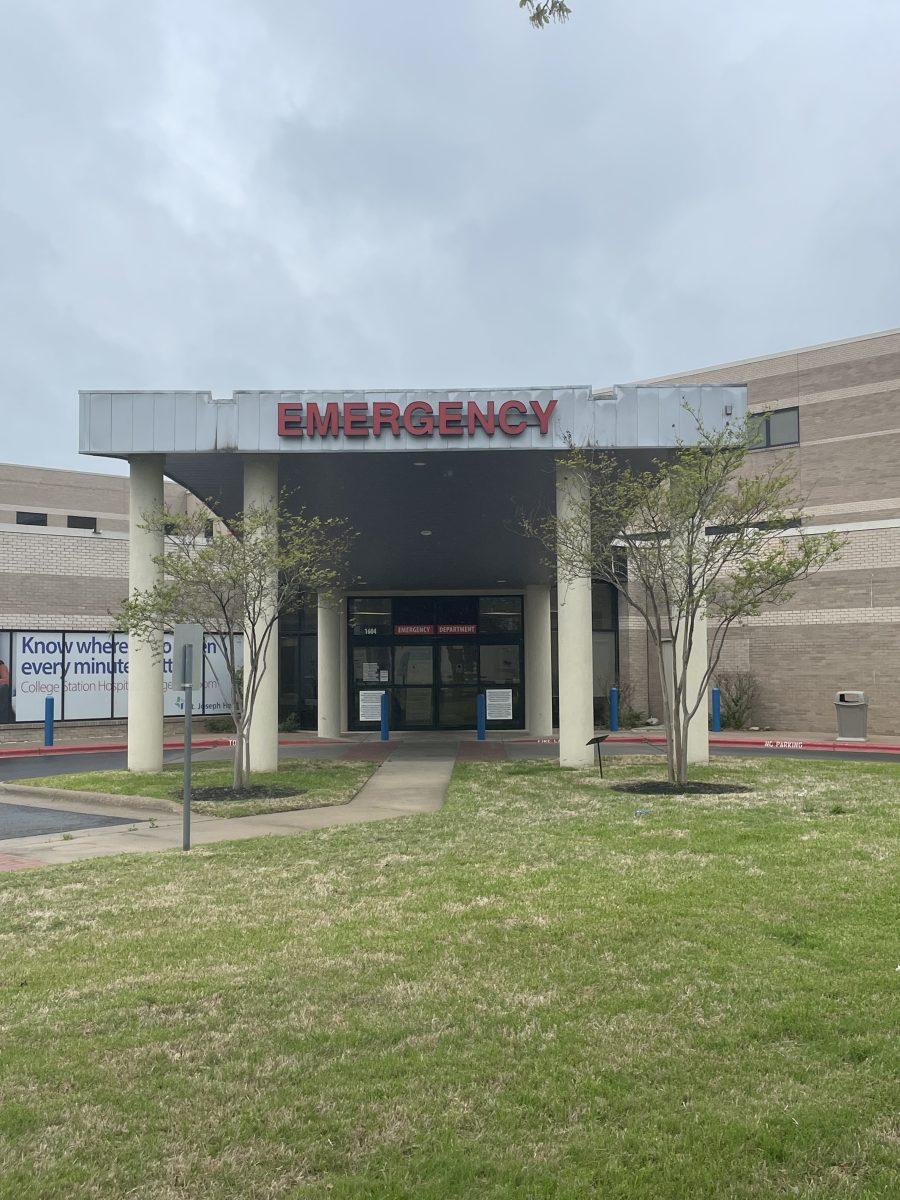If you are suffering with addiction or substance abuse, call the Substance Abuse and Mental Health Services Administration free helpline at (800) 662-4357.
Fentanyl is one of the most prominent names in the news right now. The synthetic opioid has been causing an unprecedented number of overdose deaths in Texas, especially to vulnerable teenagers and young adults.
According to the Centers for Disease Control, or CDC, there were over 75,000 fentanyl overdose deaths in a 12-month period between April 2020 and April 2021 in the United States. This issue hits close to home, as Texas Department of State Health Services reported that Texas had a 120% increase in deadly fentanyl overdoses since 2020.
Dr. Jun Wang, a professor in the Department of Neuroscience & Experimental Therapeutics at the Texas A&M School of Medicine, said fentanyl is a synthetic opioid drug. An opioid is a very powerful pain suppressant and used clinically to suppress pain, he added.
“Why fentanyl is so popular among teenagers [is] because fentanyl is a synthetic drug,” Wang said. “Some opioids, like heroin, have to be extracted from some product like a plant. But fentanyl is not, it can be synthesized in a lab. This makes the price very low and easier to access.”
Along with fentanyl being relatively inexpensive compared to other opioids, it is a drug of choice due it being extremely potent and causing an increased high, according to the CDC.
“Fentanyl is 50-100 times more potent than heroin,” Wang said. “This means it can come into your blood very quickly. A lot of chemicals cannot go to your brain … but fentanyl can get into the brain easier than heroin or other drugs, and it gets into it very fast.”
Fentanyl can cause dangerous effects because it can get into the body system so quickly, Wang said.
“Opioids suppress your respiratory system,” Wang said. “Whenever people take opioids and feel relaxed, they decrease their breath. If you have fentanyl going into your brain, it will suppress your respiratory system, and it happens so quickly and you cannot realize you need to go to the ER and this leads to overdose death.”
Clinical assistant professor Joy Alonzo is the co-chair of the A&M Opioid Task Force and said teenagers and young adults have gotten access to this drug
through cartels.
“The fentanyl that is causing all the overdose deaths in communities is actually not medical fentanyl,” Alonzo said. “It is what the [Drug Enforcement Administration] refers to as ‘illicitly manufactured fentanyl.’ It’s manufactured by the cartels largely by precursors that are shipped overseas and is cooked in the desert in shacks or open warehouses.”
Many of the overdoses in Texas, Alonzo said, are not due to addiction, but due to buying these fake tablets.
“It’s an accidental exposure,” Alonzo said. “Right now, there is a proliferation of fentanyl contaminated products in the illicit drug market. On Snapchat and other social media sites, many teenagers will buy counterfeit tablets that look like ADHD tablets or Xanax tablets. The counterfeit tablet presses are not regulated and cartels can use them to make what looks like medical oxycontin. Unfortunately, they are contaminated with fentanyl.”
Alonzo said taking one of these tablets is enough to cause a death by overdose.
“It’s ultrapotent compared to medical opioids,” Alonzo said. “About the amount of fentanyl that is in 10 grains of salt is enough to be a deadly dose of this illicitly manufactured fentanyl. Right now, the DEA estimates that out of 10 of these counterfeit tablets about seven of them are contaminated with fentanyl. Maybe it’s just a teeny bit and it makes you feel super chill. But maybe it’s enough to kill you.”
Although fentanyl can lead to overdose deaths, there is a way to prevent that through naloxone. Naloxone is a Federal Drug Administration approved medication to reverse opioid overdoses.
The A&M Opioid Task Force works to provide education and prevent drug overdose deaths at the university. Public health masters student Folakemi Ezenwanne is the program coordinator for the task force.
“The [Opioid] Task Force is primarily concerned with joining the fight against the opioid epidemic that we currently face in the county,” Ezenwanne said. “Opioid overdose education training provides people with education about the opioid epidemic and an opioid overdose prevention plan. We are handing them an actual plan for what to do if you ever come across an opioid overdose victim.”
The Opioid Task Force offers training throughout the year for A&M students and other affiliates of the university that is open to students and student organizations upon request, Ezenwanne said. Some students, like public health junior Carolynn Stallman, have received naloxone training and Stallman said felt better prepared for an overdose situation.
“I really didn’t know much about it beforehand,” Stallman said. “I feel like the training really went in depth about giving a background before. It gave you solutions and how to deal with overdoses if you were ever in that situation.”
Alonzo said providing naloxone is relatively easy and can be bought at a local pharmacy, like HEB or Walmart. However, it is still recommended that students or individuals take training.
“If you witness someone overdosing, call 911 immediately,” Alonzo said. “Even if you haven’t taken the training, [naloxone] is so easy to use. You can look at the package insert and it tells you to put the naloxone up the person’s nose and press the plunger. You cannot hurt them; the only way you can hurt them is by doing nothing.”




















